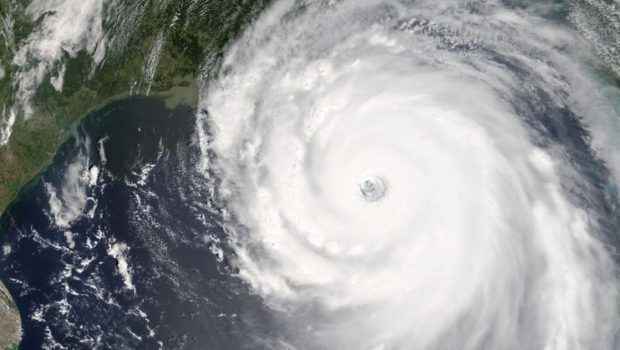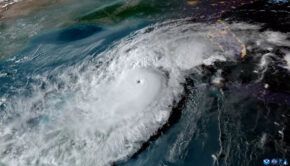East Coast of US in Hurricane Drought
Published on August 9th, 2016
By Jason Samenow, Washington Post
Hurricanes, large and small, have eluded U.S. shores for record lengths of time. As population and wealth along parts of the U.S. coast have exploded since the last stormy period, experts dread the potential damage and harm once the drought ends. Three historically unprecedented droughts in landfalling U.S. hurricanes are presently active.
A major hurricane hasn’t hit the U.S. Gulf or East Coast in more than a decade. A major hurricane is one containing maximum sustained winds of at least 111 mph and classified as Category 3 or higher on the 1-5 Saffir-Simpson wind scale. (Hurricane Sandy had transitioned to a post tropical storm when it struck New Jersey in 2012, and was no longer classified as a hurricane at landfall, though it had winds equivalent to a Category 1 storm.) The streak has reached 3,937 days, longer than any previous drought by nearly two years.
Twenty-seven major hurricanes have occurred in the Atlantic Ocean basin since the last one, Wilma, struck Florida in 2005. The odds of this are 1 in 2,300, according to Phil Klotzbach, a hurricane researcher from Colorado State University.
Florida hasn’t seen a hurricane of any intensity since 2005’s Wilma, which is shocking considering it averages about seven hurricane landfalls per decade. The current drought in the Sunshine State, nearing 11 years, is almost twice as long as the previous longest drought of six years (from 1979-1985).
Sixty-seven hurricanes have tracked through the Atlantic since Florida’s last hurricane impact. The odds of this are about 1 in 550, Klotzbach said.
Even the entire Gulf of Mexico, and its sprawling coast from Florida to Texas, have been hurricane-free for almost three full years, the longest period since record-keeping began 165 years ago (in 1851). The last hurricane to traverse the Gulf waters was Ingrid, which made landfall in Mexico as a tropical storm, in September 2013.
Scientists have no solid explanation for the lack of hurricane landfalls. The number of storms forming in the Atlantic over the past decade or so has been close to normal, but many have remained over the ocean or hit other countries rather than the United States.
A study published by the American Geophysical Union in 2015 said the lack of major hurricane landfalls boiled down to dumb luck rather than a particular weather pattern. “I don’t believe there is a major regime shift that’s protecting the U.S.,” said study lead author Timothy Hall from NASA.
A “recurring” area of low pressure near the U.S. East Coast in recent years may have repelled some storms, argue Klotzbach and Brian McNoldy, a hurricane researcher at the University of Miami. But McNoldy still says “luck is really 99 percent of it [the drought].” – Full Report.









 We’ll keep your information safe.
We’ll keep your information safe.